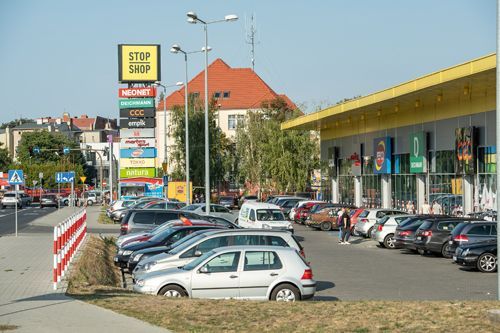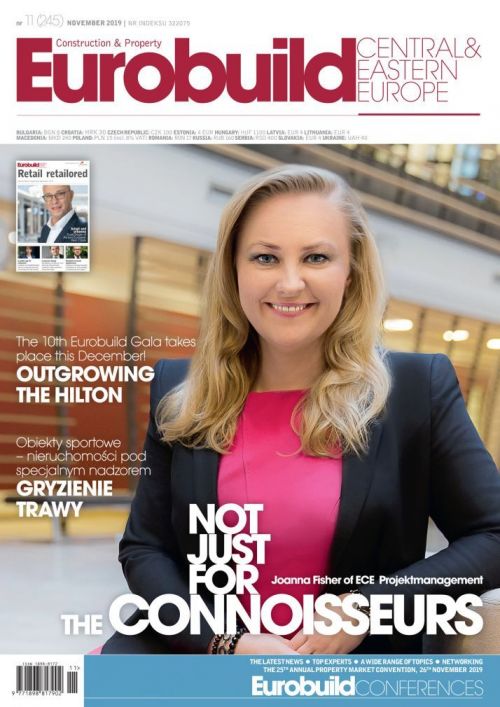These are happy days for retail parks! According to CBRE, 140,000 sqm of retail space is to be developed in parks in Poland in 2019 alone, and up to 200,000 sqm could be built next year. This represents a 9 pct and 13 pct y-o-y increase respectively – two or three times more than the average growth of the entire retail market in Poland, which is currently around 4 pct per year. The growth is even clearer if we look exclusively at small and medium-sized parks (from 3,000 sqm to 10,000 sqm) – around 16–17 pct. JLL’s latest data show that eight parks ranging from 2,000 sqm to 5,000 sqm were opened in Q3, which added 25,000 sqm to the market. This is a lot considering that only around twice as much was completed across all other formats, including large centres. Why is the smallest centre segment so dynamic? Two words: market saturation. The barrel may be full of large stones, but there’s still plenty of room in it for gravel and sand. “There are 364 tow































































